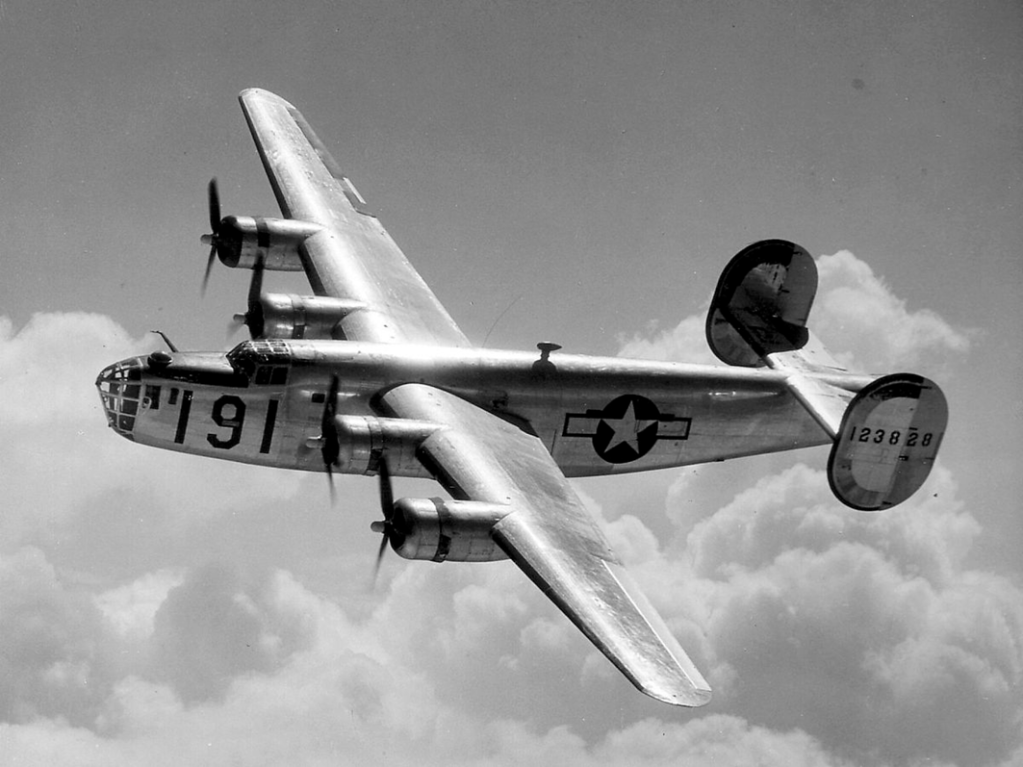The Start of Modern ELINT:
ELINT had its start in World War II (WWII) with the invention and use of radar by the Allies and the Axis. The initial Allied ELINT efforts were started by the British; they are described in the book The Secret War by Dr. R. V. Jones. The US Army Air Forces had a keen interest in ELINT since most of the German radars at the time were used to target Allied bombers over Germany, and the air forces wanted to know as much about them as possible — including how to evade, “jam,” or “spoof” the radars.
During WWII the US military departments all used ELINT very effectively against German ground radars and against Japanese airborne, shipborne, and submarine radars. One of the early 1943 Army Air Force ELINT missions was flown by a B-24 over Kiska Island in the Aleutian Islands to electronically map the Japanese radars then on the island. In 1944 large numbers of B-24s were outfitted with ELINT receivers, which were used to guide jamming of the German ground radars in Europe.

Soon after WWII, the USAF in Europe (USAFE) embarked on an aggressive TechELINT and OpELINT program, including establishing a solid and expansive cooperative program with several NATO partners.

In 1952 the US DoD set up the Army-Navy Electronics Evaluation Group (ANEEG) to be housed at the Navy’s Nebraska Avenue Naval Security Station (NSS) — by coincidence the headquarters of NSA at the time — staffed with about thirty people. The ANEEG had only informal coordinating collection powers, but it was both a centralized analysis point for processing and analysis of ELINT intercepts and a focal point for coordination of difficult ELINT analytic problems.
In 1955, as ELINT processing problems grew, ANEEG was redesignated the National Technical Processing Center (NTPC), under the USAF Air Staff, and administratively was designated AFCIN-Z; it was housed in Building 20 at the Naval Security Station in Washington, DC. In addition to Army and Navy participation, the NTPC had key participants from the USAF and from the CIA. CIA at that time was operating the U-2 airborne reconnaissance program, and it led the integration of U-2 data into NTPC signal processing efforts. The U-2 had ELINT signal collection packages as well as photographic sensors.
Direction for NSA to Manage DoD ELINT:

Starting in 1954, a number of presidential-level committees recommended that ELINT be brought under NSA’s purview. Both the Mark Clark Subcommittee of the Hoover Commission in 1954 and the William O. Baker Committee in 1957 made such a recommendation. Dr. Baker was a major influence in having US ELINT efforts managed by NSA. Strongly backed by President Eisenhower, the Baker Committee’s efforts culminated in the issuance of National Security Council Intelligence Directive (NSCID) No. 6, “Communications Intelligence and Electronics Intelligence,” in early 1958.
NSCID No.6 gave NSA many ELINT powers. Within DoD it was implemented in early 1959 by an updated 1955 DoD Directive S-3115.2 and focused DoD top management review within DDR&E, soon to be headed by Dr. Eugene Fubini, a staunch supporter of ELINT and of having NSA manage DoD ELINT. It gave NSA (with certain exceptions) “operational and technical control” of all US DoD ELINT activities. The directive made it quite clear that the Joint Chiefs of Staff, component commanders, and the military departments and services were to fully support these NSA-managed ELINT activities.
Featured image: Naval Security Station (NSS) at Nebraska Avenue in Washington, DC, home of the NTPC
By Richard L. Bernard


Leave a comment